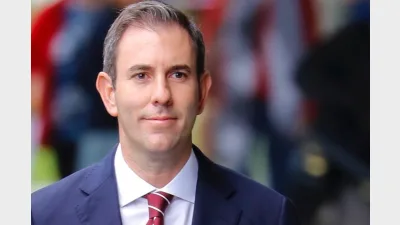In-sourcing to cut costs creates HR nightmare



Superannuation funds that in-source investment skills based purely on cost considerations may run into a human resources (HR) nightmare, according to Sunsuper chief investment officer David Hartley.
Hartley said cost considerations were a good reason for larger funds to bring investment expertise in-house as the amount funds spent on external managers could buy a lot of internal expertise.
"On cost basis alone large funds need to at least consider in-sourcing, there's no question about that - the gun is to the head, they're paying a lot of money in base fees, they have to consider it," he said.
But a sole focus on cost-cutting could lead to a "logical disconnect" and high turnover amongst internal managers as they built up expertise, according to Hartley.
He cited the benefits of the Canadian in-sourcing model which he said provided better alignment, improved vision on assets, cash flow control and an ability to ensure cash flows delivered what the fund needed for its members.
Associate professor of the Australian Business School at UNSW, Professor John Evans, said unless a fund had extreme scale, cost savings through in-sourcing were not guaranteed.
He said funds that pursued internal investment models were swapping manager risk for HR risk.
The HR nightmare which could result included difficulty in meeting pay expectations, sourcing the same expertise as found in external managers, and an inability or reluctance to fire internal staff.
He said in-house management did not like to admit when they had got it wrong.
The biggest issue Evans saw with in-sourcing was governance risk. He said funds that transferred skills in-house would immediately encounter insider trading problems.
Super funds governance structure had been set up for very different purposes, he said.
Recommended for you
Super trustees need to be prepared for the potential that the AI rise could cause billions of assets to shift in superannuation, according to an academic from the University of Technology Sydney.
AMP’s superannuation business has returned to outflows in the third quarter of 2025 after reporting its first positive cash flow since 2017 last quarter.
The major changes to the proposed $3 million super tax legislation have been welcomed across the superannuation industry.
In holding the cash rate steady in September, the RBA has judged that policy remains restrictive even as housing and credit growth gather pace.










